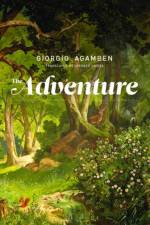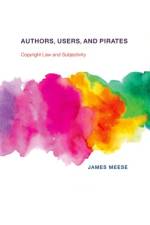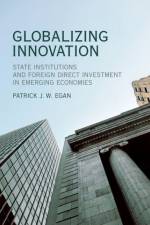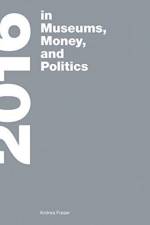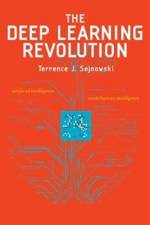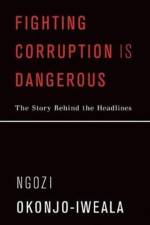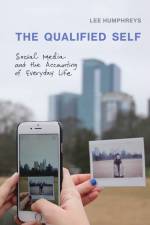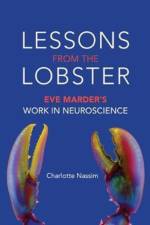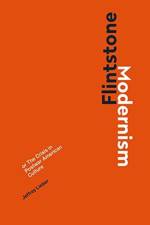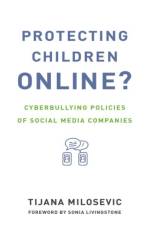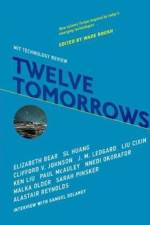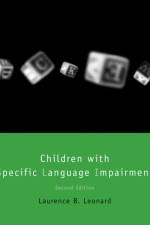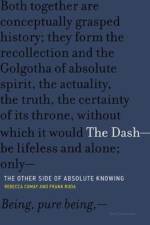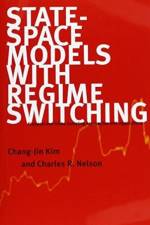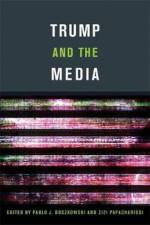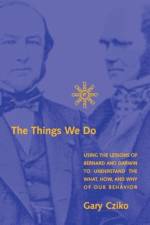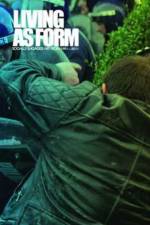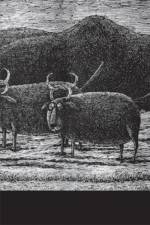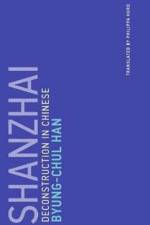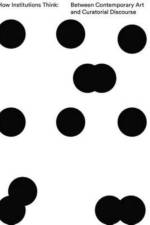- Between Contemporary Art and Curatorial Discourse
407
Reflections on how institutions inform art, curatorial, educational, and research practices while they shape the world around us.Contemporary art and curatorial work, and the institutions that house them, have often been centers of power, hierarchy, control, value, and discipline. Even the most progressive among them face the dilemma of existing as institutionalized anti-institutions. This anthology-taking its title from Mary Douglas's 1986 book, How Institutions Think-reconsiders the practices, habits, models, and rhetoric of the institution and the anti-institution in contemporary art and curating. Contributors reflect upon how institutions inform art, curatorial, educational, and research practices as much as they shape the world around us. They consider the institution as an object ofienquiry across many disciplines, including political theory, organizational science, and sociology.Bringing together an international and multidisciplinary group of writers, How Institutions Think addresses such questions as whether institution building is still possible, feasible, or desirable; if there are emergent institutional models for progressive art and curatorial research practices; and how we can establish ethical principles and build our institutions accordingly. The first part, "Thinking via Institution,” moves from the particular to the general; the second part, "Thinking about Institution,” considers broader questions about the nature of institutional frameworks.Contributors includeNatasa Petresin Bachelez, Dave Beech, Mélanie Bouteloup, Nikita Yingqian Cai, Binna Choi and Annette Kraus, Céline Condorelli, Pip Day, Clémentine Deliss, Keller Easterling and Andrea Phillips, Bassam El Baroni, Charles Esche, Patricia Falguières, Patrick D. Flores, Marina Grzinic, Stefano Harney and Fred Moten, Alhena Katsof, Emily Pethick, Sarah Pierce, Moses Serubiri, Simon Sheikh, Mick Wilson

